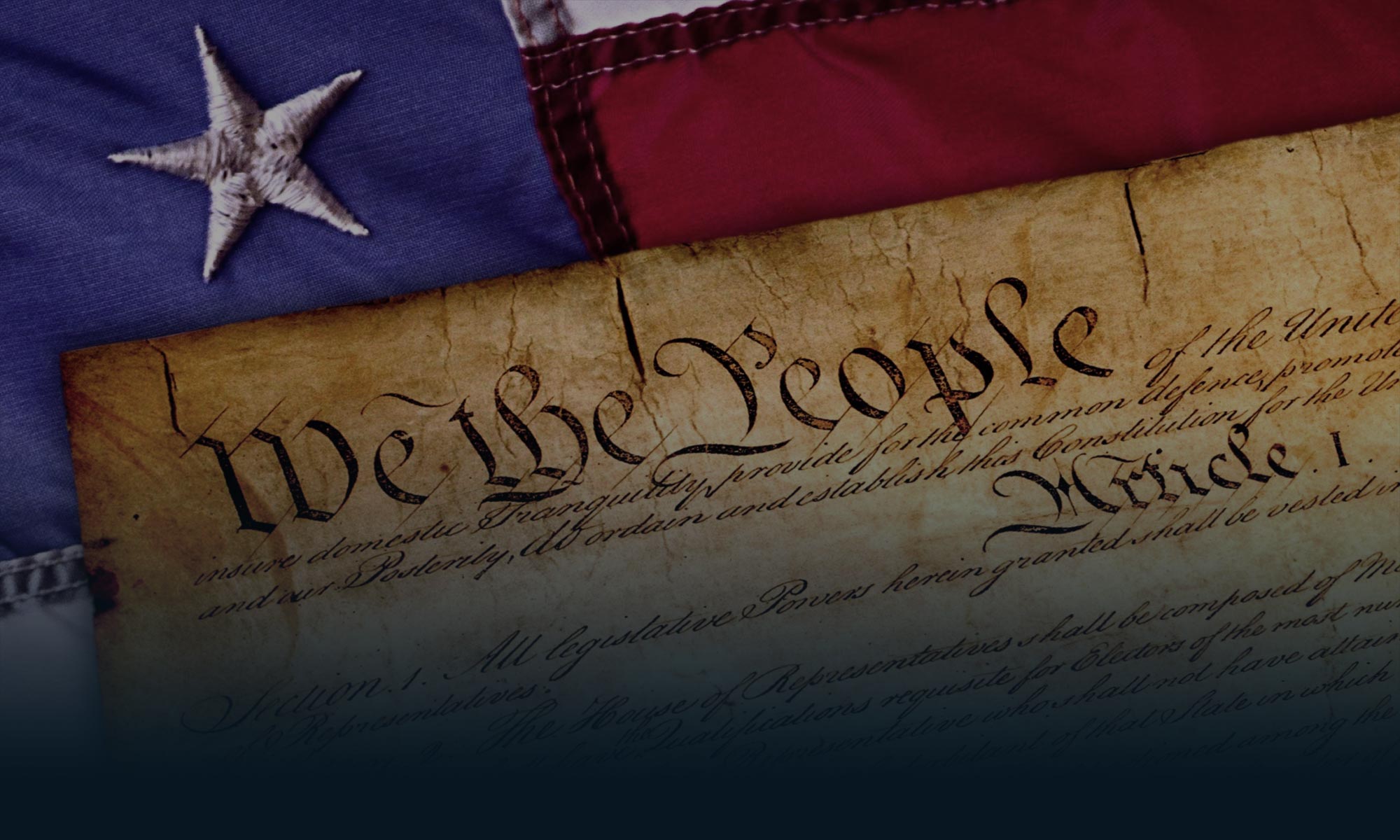Very few columnists write as well, or as powerfully, as Peggy Noonan, and her piece last week in the Wall Street Journal titled “The Dark Night Rises” is no exception. As with so many of Noonan’s commentaries, the strength in her column is not just in her way with words but in the fact that her opinions are well grounded in widely shared values.
So it is that when she alleges and bemoans the coarsening of popular culture, and the difficulty parents have these days in controlling the kind of things that their children get from the media, one guesses that few would disagree.
Even the ad hominem criticism in her piece – that Hollywood executives take care to insulate their own children from what they produce, and that they have “cabanas at the pool” at the Beverly Hills Hotel – doesn’t seem exorbitantly over the top given the thrust of her argument as a whole.
But when she suggests, by quoting from a writer at RealClearPolitics, that a “hundred studies have demonstrated conclusively that viewing violence on the screen increases aggression in those who watch it, children especially,” she is on shakier ground than she realizes.
In 2002, Jonathan Freedman, a professor of psychology at the University of Toronto, published a lengthy and devastating critique of this thesis titled “Media Violence and Its Effect on Aggression: Assessing the Scientific Evidence.” Some years later, Dr. Freedman wrote a paper on the same subject for The Media Institute. That paper concluded with these words:
In sum there is no convincing scientific evidence that television violence causes children to be aggressive, or that any particular depiction of violence on television has this effect, or that it affects any particular type of children more than others … my conclusion is that either there is no effect of television violence on aggression, or, if there is an effect, it is vanishingly small.
Beyond the scientific literature, whatever its value, lie other aspects of the larger issue. There is, for instance, the small matter of whether we, as a nation, should desire for everyone only that kind of programming that is fit for children.
And then there’s the issue of violence as a literary device. Noonan is right to ridicule some past attempts by Hollywood executives to “rationalize and defend” what they produce. But the problem with any wholesale denunciation of program violence is that it doesn’t allow much respect for programming that, though featuring violent portrayals, is terrific all the same.
A great case in point is the production, being shown on the AMC cable network, called “Breaking Bad.” It is the story of one Walter White, a high school chemistry teacher who, having contracted terminal cancer, takes to making methamphetamine. “Breaking Bad” has, in its fifth season, become increasingly violent as Walter, in addition to his meth cooking, has become a murderer in the company of murderers. So violent? Yes. But this is also one of the most brilliant series, of any genre, ever shown on TV.
It may be cold comfort to parents overwhelmed by the programs and platforms accessible by their children, but the only practical solution to the problem is parental oversight and responsibility for what their children watch. Everything else – from exhortations to put the cultural genie back in the bottle, to governmental policies that attempt to circumvent First Amendment case law – is doomed to frustrate and to fail.
But that’s the thing about free speech. It’s not a prophylactic to be deployed against pictures, words, or ideas, it’s a necessary precursor to every other freedom.
The opinions expressed above are those of the writer and not of The Media Institute, its Board, contributors, or advisory councils.

